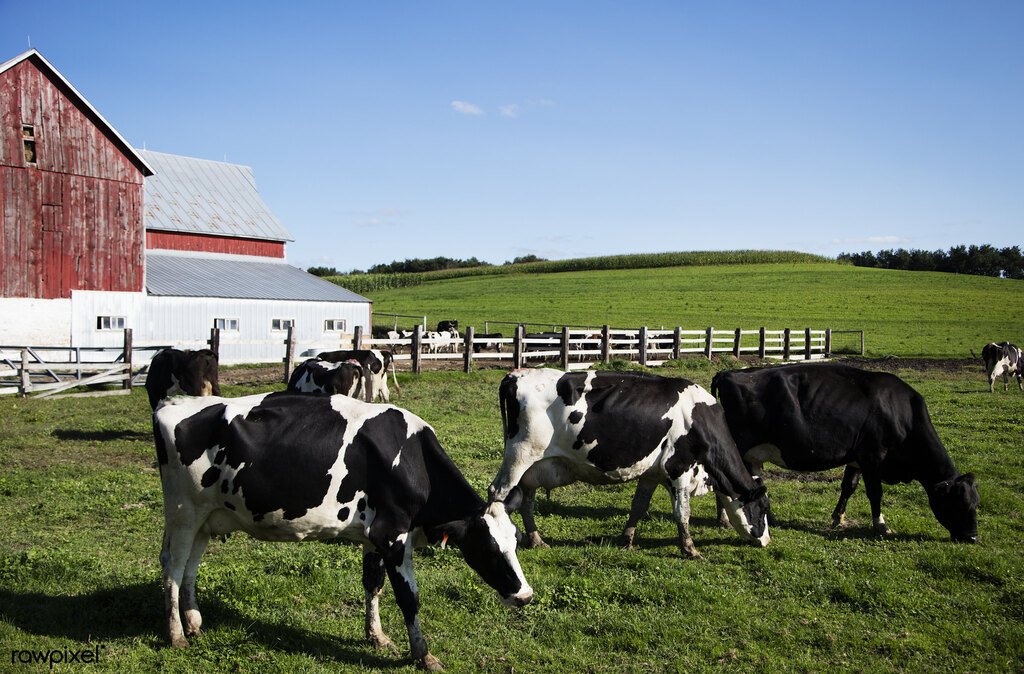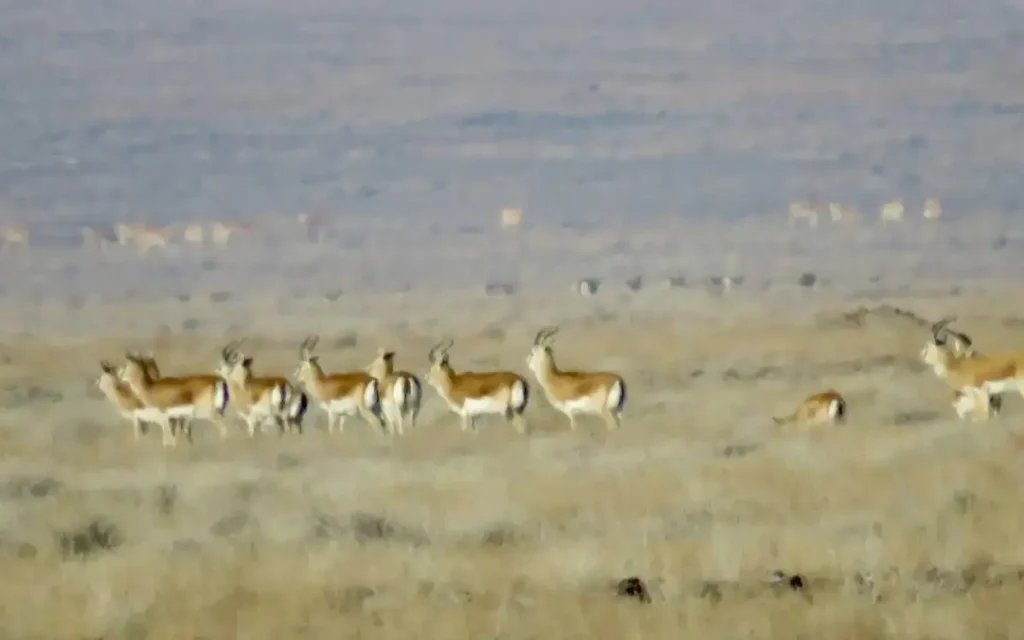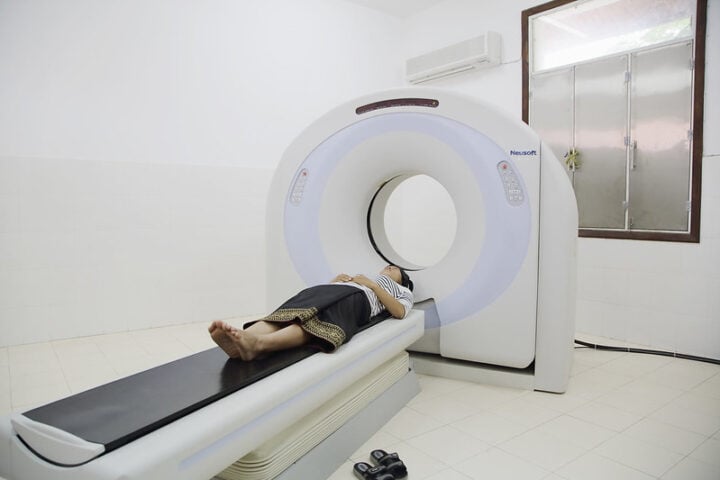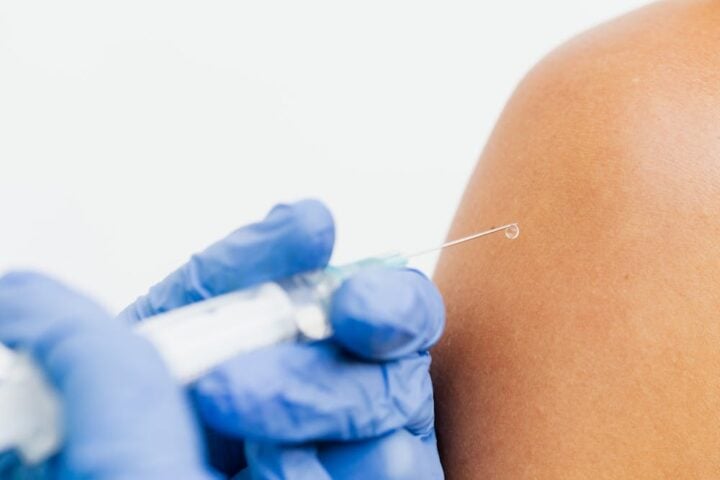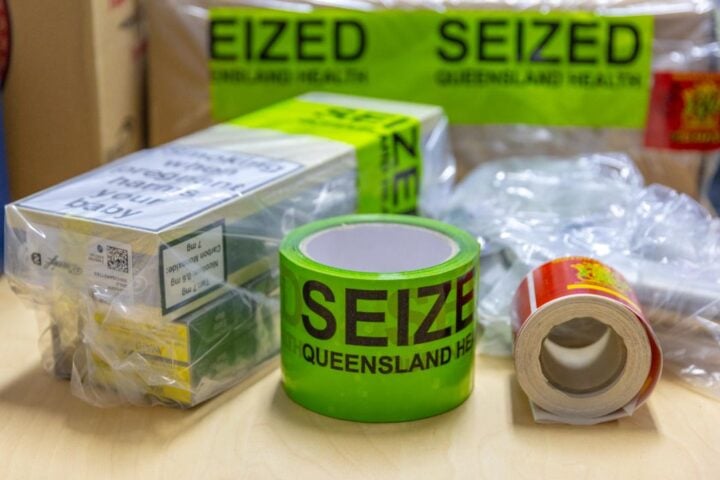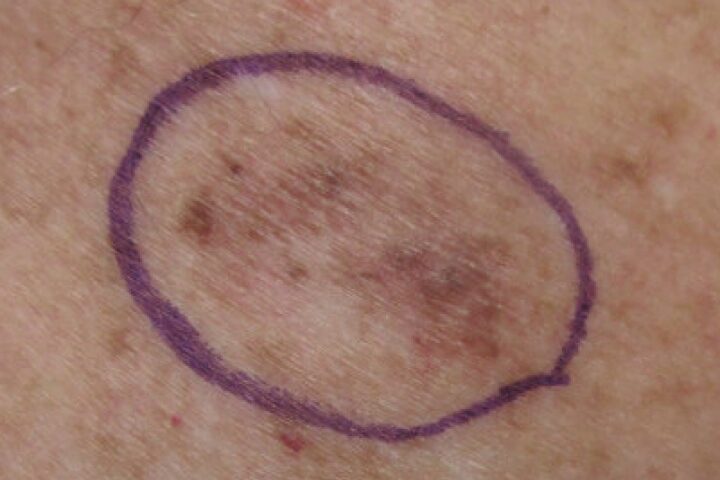Bird flu has infected veterinarians without symptoms and spread in states where no one knew it existed, according to a new CDC study that tested 150 cattle doctors across America. The findings expose gaps in tracking a virus that’s already affected nearly 70 people and hundreds of dairy farms.
When CDC scientists checked blood samples from veterinarians working with cattle, they found something unexpected. Three veterinarians had protective proteins in their blood showing they’d been infected with bird flu – but none remembered being sick. Even more surprising, one of these veterinarians only worked in Georgia and South Carolina, states where no one had reported the virus in dairy cows.
“We do not know the extent of this outbreak in the U.S.,” says Seema Lakdawala, a virus expert at Emory University. “There are clearly infections happening that we’re missing.”
The situation has grown rapidly since the study was done last September. Back then, only 14 people had confirmed infections. Now that number has jumped to nearly 70 people, with 41 cases linked to contact with dairy cows. The virus has been detected in more than 950 dairy herds across 16 states.
The safety measures in place also raise concerns. None of the infected veterinarians wore masks or protective eyewear while working with cattle. While such protection isn’t required around healthy animals, the CDC now says workers should wear safety goggles and masks when working near animals in areas where infections might be present.
Similar Posts
A new worry emerged last week when scientists found a different version of the bird flu virus in dairy cows – one previously seen only in wild birds and chickens. Researchers are now studying whether this new variant poses different risks to people who work with infected animals.
Lauren Sauer, who studies public health at the University of Nebraska Medical Center, points to a basic problem: “It means our surveillance is inadequate. Any detection of asymptomatic or mild cases in this study just tells me we’re missing cases.”
To address these concerns, the U.S. Department of Agriculture started a nationwide program to test milk from dairy farms. As of early February, 40 states were participating in this testing program.
“The states that haven’t started milk testing should do that,” says Dr. Nahid Bhadelia from Boston University. “They shouldn’t assume they’re safe just because they haven’t found infected herds yet.”

Gregory Gray, who studies infectious diseases at the University of Texas Medical Branch, warns about the virus potentially changing: “If these viruses become better at spreading between people, we’ll have trouble controlling them because they can spread without causing obvious symptoms.”
The CDC’s findings highlight three urgent needs: testing workers who might be infected but don’t show symptoms, checking more milk samples across the country, and better tracking of human infections. These steps could help identify and monitor the virus’s presence more effectively.
